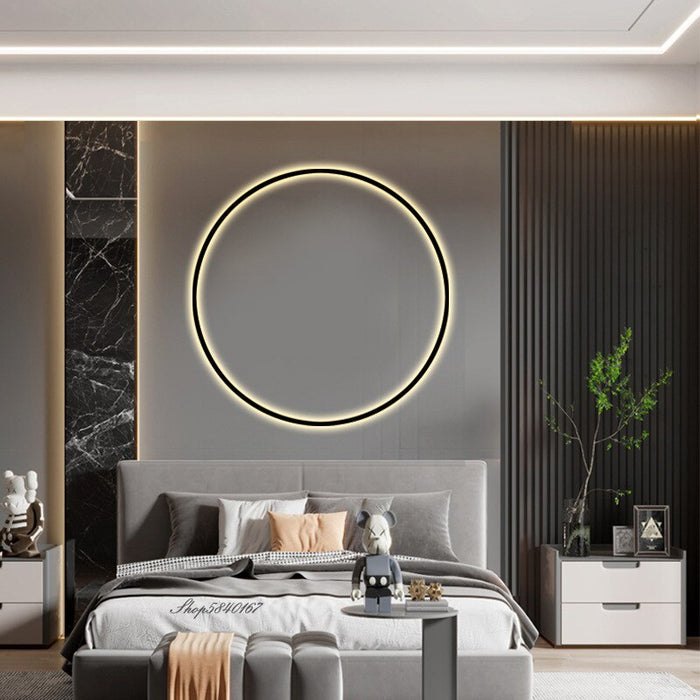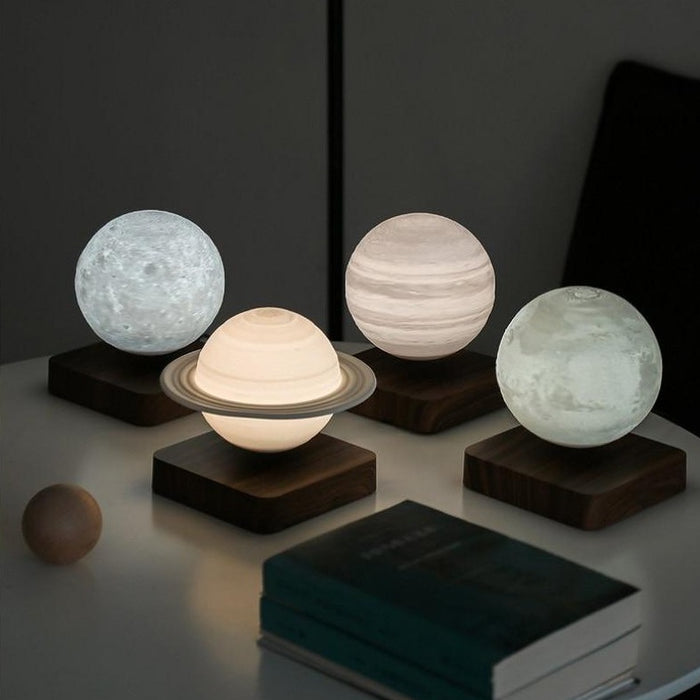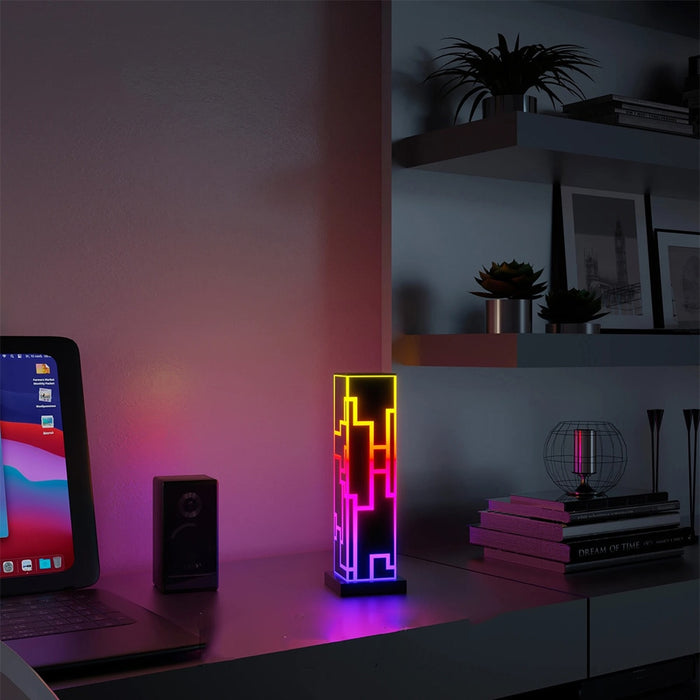
HOW TO LAYER LIGHTING IN YOUR HOME
Lighting is a crucial element in home decor, influencing both the functionality and ambiance of a space. Layering lighting effectively can transform a room, making it more inviting and versatile. Understanding how to layer lighting in your home can enhance its aesthetic appeal and practicality. Here’s how to achieve a well-lit and beautifully illuminated home.
Layering lighting involves using multiple light sources at different levels to create a balanced and dynamic environment. The three main types of lighting to consider are ambient, task, and accent lighting. Each type serves a unique purpose and contributes to the overall lighting scheme of your home.
CIRCLE LINE (link)
Ambient lighting, also known as general lighting, is the foundation of your lighting plan. It provides broad illumination, ensuring that the room is well-lit and safe to navigate. Common sources of ambient lighting include ceiling fixtures, chandeliers, and recessed lighting. To achieve even distribution of light, consider dimmable options that allow you to adjust the brightness according to the time of day and mood.
THE LEVIMOON (link)
Task lighting focuses on specific areas where activities like reading, cooking, or working take place. It is essential for functionality and can be provided by desk lamps, under-cabinet lighting, and pendant lights. Task lighting should be bright enough to reduce eye strain but not so harsh that it creates discomfort. For example, in the kitchen, task lighting can illuminate countertops and stovetops, making food preparation safer and easier.
Accent lighting is used to highlight architectural features, artwork, or decorative objects. It adds depth and dimension to a room, creating focal points and enhancing the visual interest. Spotlights, wall sconces, and track lighting are typical sources of accent lighting. By directing light towards a specific area or object, you can draw attention to your room’s best features and create a dramatic effect.
GALACTICA CAVE LAMP (link)
The key to successful lighting is to combine these three types in a cohesive and complementary manner. Start by evaluating each room’s purpose and the activities that will take place there. In a living room, for example, you might use a combination of a central chandelier for ambient light, table lamps for task lighting, and wall sconces to highlight artwork. In a bedroom, consider bedside lamps for reading, a ceiling fixture for general light, and strip lighting under shelves or around the headboard for a cozy touch.
Layering lighting also involves considering the color temperature and placement of light sources. Warm light (measured in Kelvins) creates a cozy, inviting atmosphere, while cool light is energizing and works well in task-oriented areas. Mixing different light temperatures can add versatility to a space, allowing you to adjust the ambiance as needed.

Leave a comment